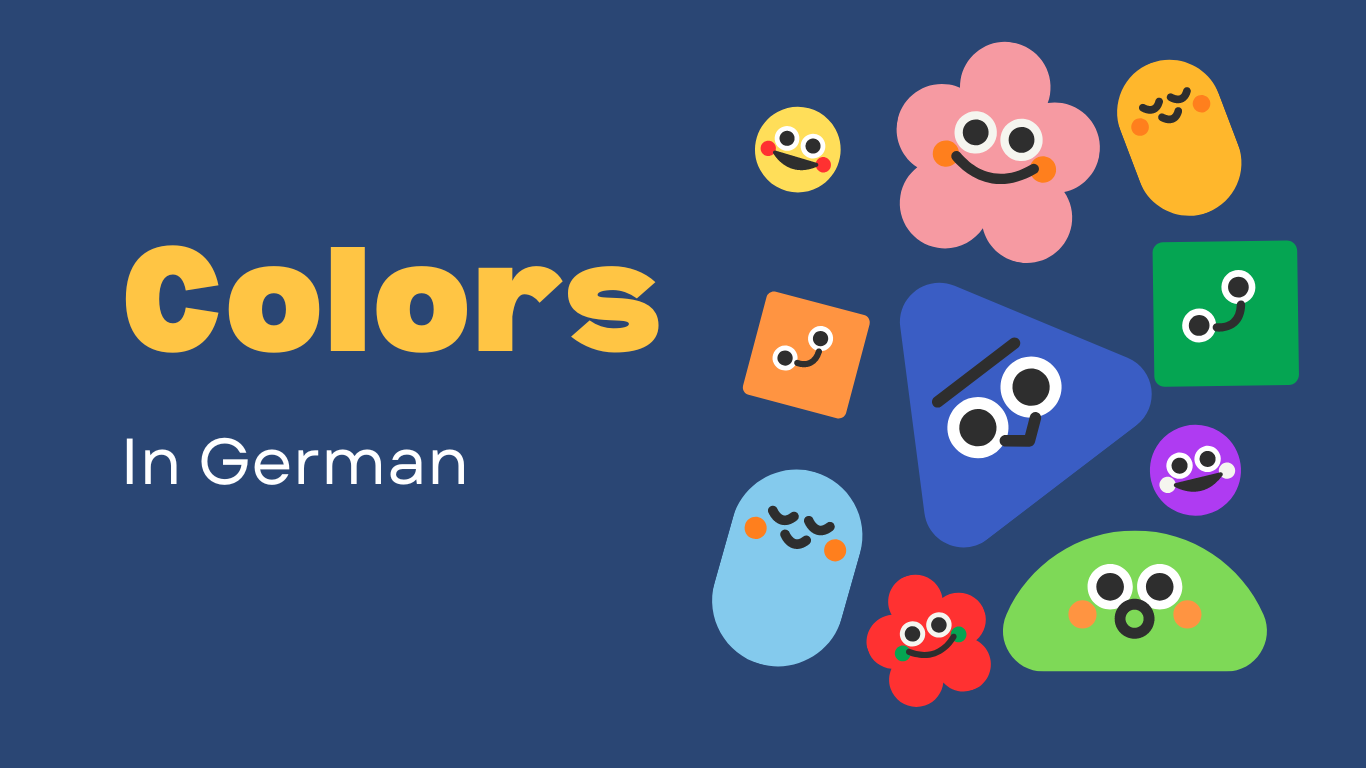Colors in German
Posted on May 1, 2023 • 3 minutes • 592 words
Colors are beautiful. Farbe is german word for color. When you wanna learn them in German Language, it sometimes get confusing to understand. So, I tried to make the learning as simple as possible with my cute little drawing 😁.
I have added a lot of examples for each and added information about different shades and rules for using them with objects.
Colors:
Let’s see how all the basic colors are called in German with examples which I have drawn 👩🏻🎨.
| COLOR | EXAMPLE | IN GERMAN | IN ENGLISH |
|---|---|---|---|
| Rot -> Red | 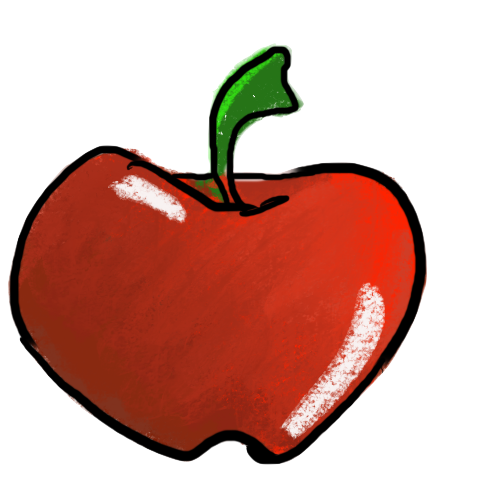 |
roter Apfel | red Apple |
| Grün -> Green |  |
grünes Blatt | green Leaf |
| Blau -> Blue |  |
blaues Wasser | blue Water |
| Braun -> Brown | 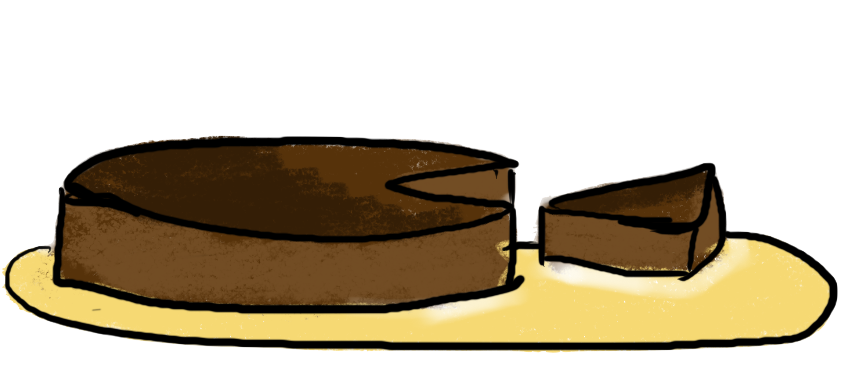 |
brauner Kuchen | brown Cake |
| Gelb -> Yellow | 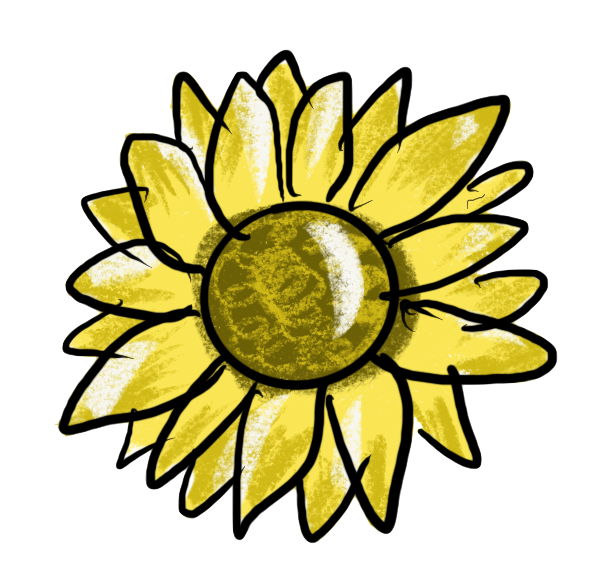 |
gelbe Sonnenblume | yellow Sunflower |
| Weiss -> White | 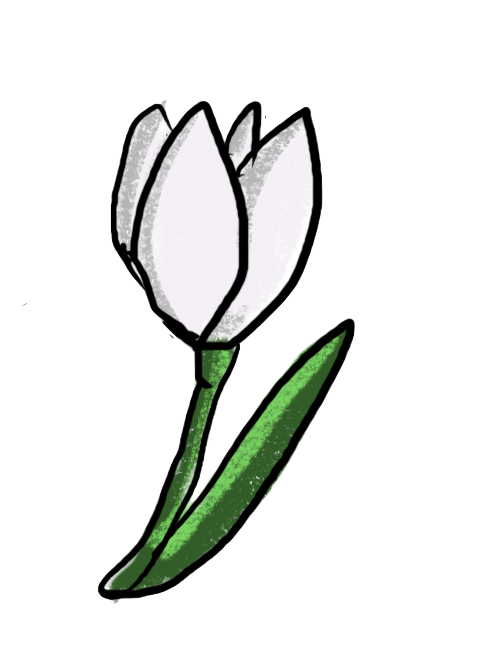 |
weiße Lilie | white Lily |
| Orange -> Orange |  |
orange Orange | orange Orange |
| Grau -> Grey | 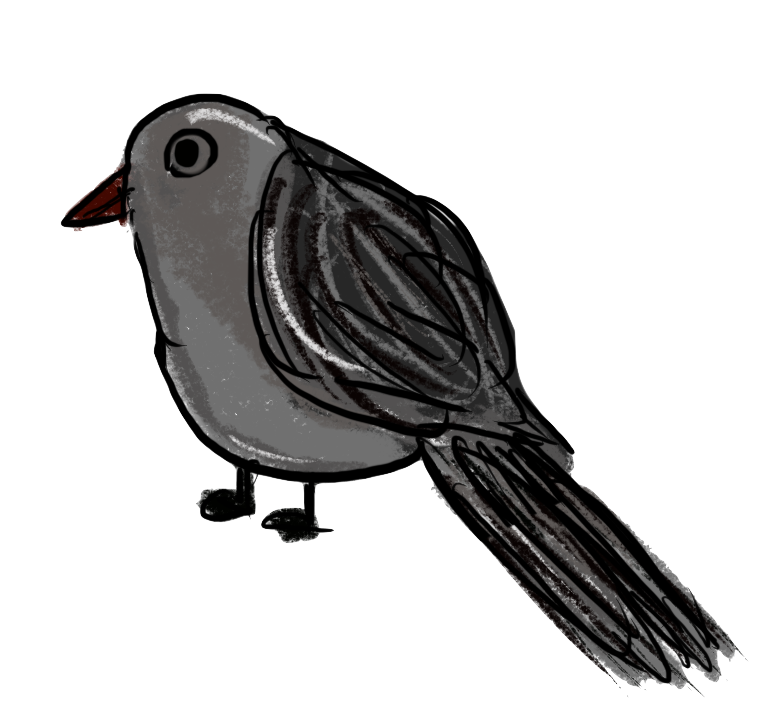 |
grauer Vogel | grey Bird |
| Lila -> Purple | 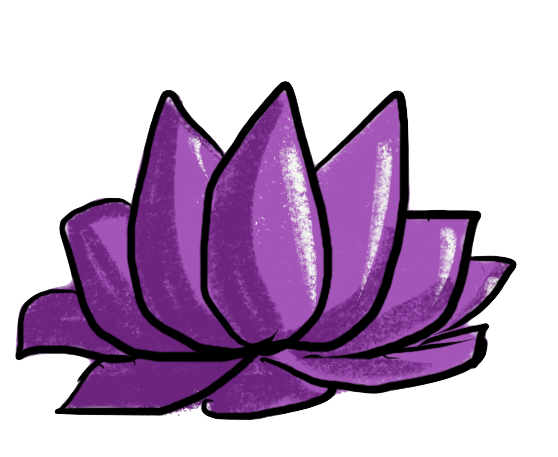 |
lila Lotos | purple Lotus |
| Schwarz -> Black | 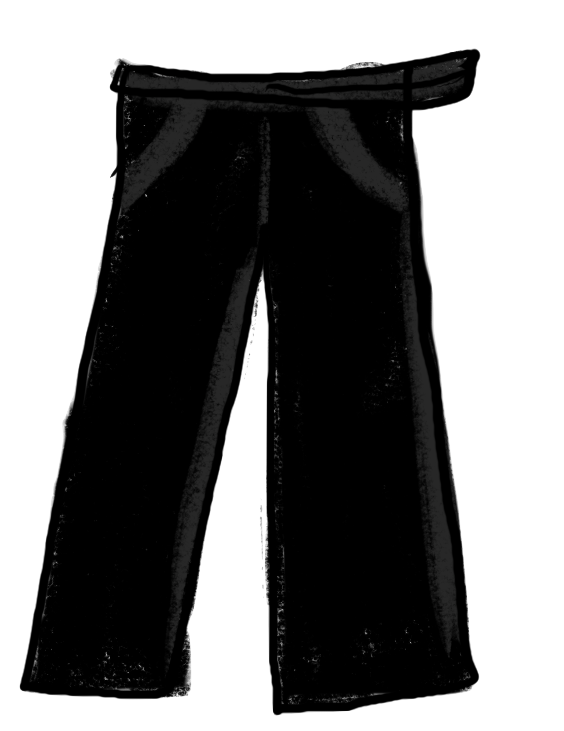 |
schwarze Hose | black Pant |
| Rosa -> Pink | 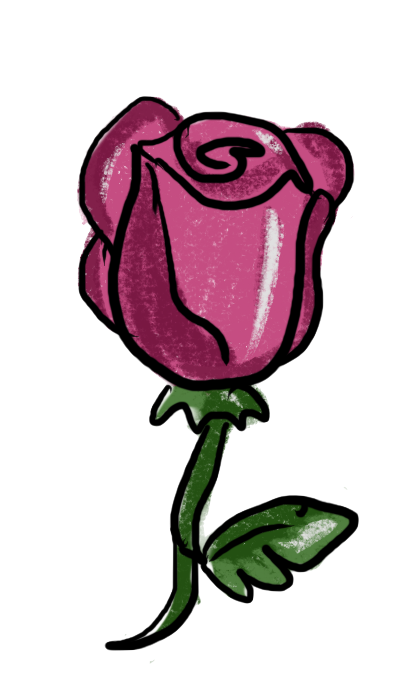 |
pinke Rose | pink Rose |
Color Shades:
When you add adjective like dunkel that is dark or hell that is light to any color, you will get a different color. Simple!!😃
Let’s see some more examples for Colors in sentences:

- Das ist ein dunkelgrünes Shirt.
- Das hellgrüne Gras ist wunderschön.

- Mein dunkelrotes Haar sieht gut aus.(My dark red hair looks good.)
- Ich möchte einen hellroten Rock. (I want a light red skirt)

- Ich trage dunkelblaue Jeans. (I’m wearing dark blue jeans)
- den hellblauen Himmel sehen. (see the light blue sky)

- Mein Freund hat einen dunkelgelben Hut.(My friend has a dark yellow hat)
- Sonnenblumen haben eine hellgelbe Farbe. (Sunflowers are light yellow in color)

- Reich mir das dunkelviolette Handtuch. (Pass me the dark purple or violet towel)
- Sie hat eine hellviolette Brille.(She has light purple glasses)
- Die lila Blume. (The purple flower)
Rules for using colors as adjective:
In the below given examples, you can understand how the adjective (color) changes as per the article of the object. These 4 objects with different articles are used in the example.
- der Tisch –> the table [feminine]
- die Katze –> the cat [masculine]
- das Haus –> the house [neutral]
- die Äpfel –> the apples [plural]
Rules with direct articles(die, der, das):
The table below shows you the declination of the adjectives(colors) for the direct article in each case. The table below is used only for the direct articles (der, die, das). Words used:
| Masculine | Feminine | Neutral | Plural | |
|---|---|---|---|---|
| Nominativ | Der rot-e Tisch | Die rot-e Katze | Das rot-e Haus | Die rot-en Äpfel |
| Akkusativ | Den rot-en Tisch | Die rot-e Katze | Das rot-e Haus | Die rot-en Äpfel |
| Genetiv | Des rot-en Tisches | Der rot-en Katze | Des rot-en Hauses | Der rot-en Äpfel |
| Dativ | Dem rot-en Tisch | Der rot-en Katze | Dem rot-en Haus | Den rot-en Äpfeln |
Rules with indirect articles(ein, eine):
For indirect articles (ein, eine), as well as for Possessive articles (mein, dein, sein) and the negation articles (kein, keine), the declinations look different.
| Masculine | Feminine | Neutral | Plural | |
|---|---|---|---|---|
| Nominativ | Ein rot-er Tisch | Eine rot-e Katze | Ein rot-es Haus | rot-en Äpfel |
| Akkusativ | Einen rot-en Tisch | Eine rot-e Katze | Ein rot-es Haus | rot-e Äpfel |
| Genetiv | Eines rot-en Tisches | Einer rot-en Katze | Eines rot-en Hauses | rot-er Äpfel |
| Dativ | Einem rot-en Tisch | Einer rot-en Katze | Einem rot-en Haus | rot-en Äpfeln |
These rules can look complicated but go with simple ones first, then move to variety.
My secret 😉 is to go simple first, master it then move to complex.
There are many more words here, but remember you need to focus of colors first. 😃 Hope you learned something new and it was informative.
Happy Learning!!!
